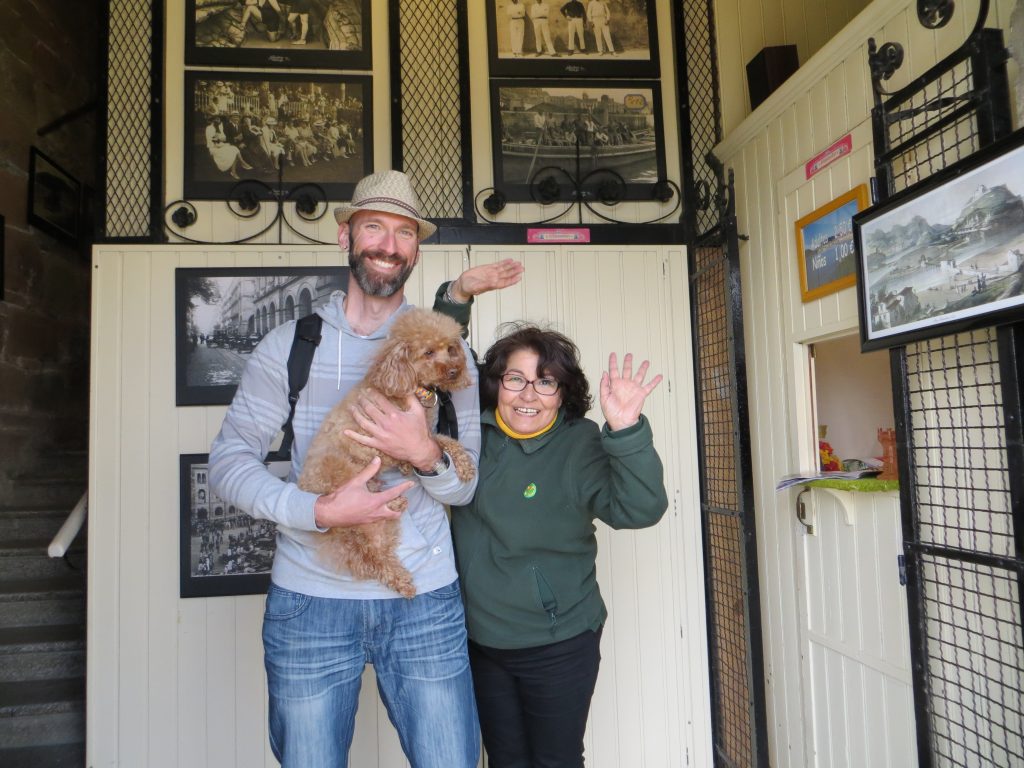The first Monday I was in Barcelona was Sant Jordi's Day, and as I walked around among the throngs of people--for it is a very busy day in Barcelona--at one point I came across a little stage sponsored by some company or another, where I watched a duo--a singer, who also played ukulele, and a percussionist with shakers and tambourines and whatnot--perform what seemed to be essentially children's songs. Hard to tell for sure, as they were speaking and singing only in Catalán, which to my ear falls somewhere between Italian and French in its closeness to Spanish.
At one point, the singer took a few minutes to explain something about music and European audiences. As best I could understand it--again, he was speaking Catalán--he was saying that, perhaps because of the same sort of musical traditions that we hear now in classical music, Europeans tend to hear and feel the solid pulse of a 4/4 rhythm on the downbeats, that is, the ones and threes, whereas in places like America that have assimilated aspects of African music, listeners feel the backbeats, the twos and fours. Which is to say that Europeans, when listening to a pop/rock/R&B/hip-hop song, will often clap on the ones and threes, which to anyone versed in pop/rock music will seem incredibly square.
He finished by explaining that the next song was supposed to have something of the funky feel of a rock song, and he asked people to clap along on the twos and fours.
And when he started playing the song, sure enough, the crowd split about evenly between people who clapped on the twos and fours and those who clapped on the ones and threes. Not funky, Barcelona.
(If what I said above about rhythm didn't make sense, let me explain a bit more thoroughly. Almost all pop/rock/etc. songs are in 4/4 time, meaning there are four beats to a bar, a bar being the basic unit out of which the song is built.
Put on a song you like and count along with the beat like this: "One, two, three, four. One, two, three, four." This should feel pretty natural. Almost everyone automatically starts counting on the one--it also just feels natural.
Once you have the rhythm of the song in your body, keep counting, and clap along with the music the way you would at a concert. Most Americans will naturally clap on the twos and fours.)
